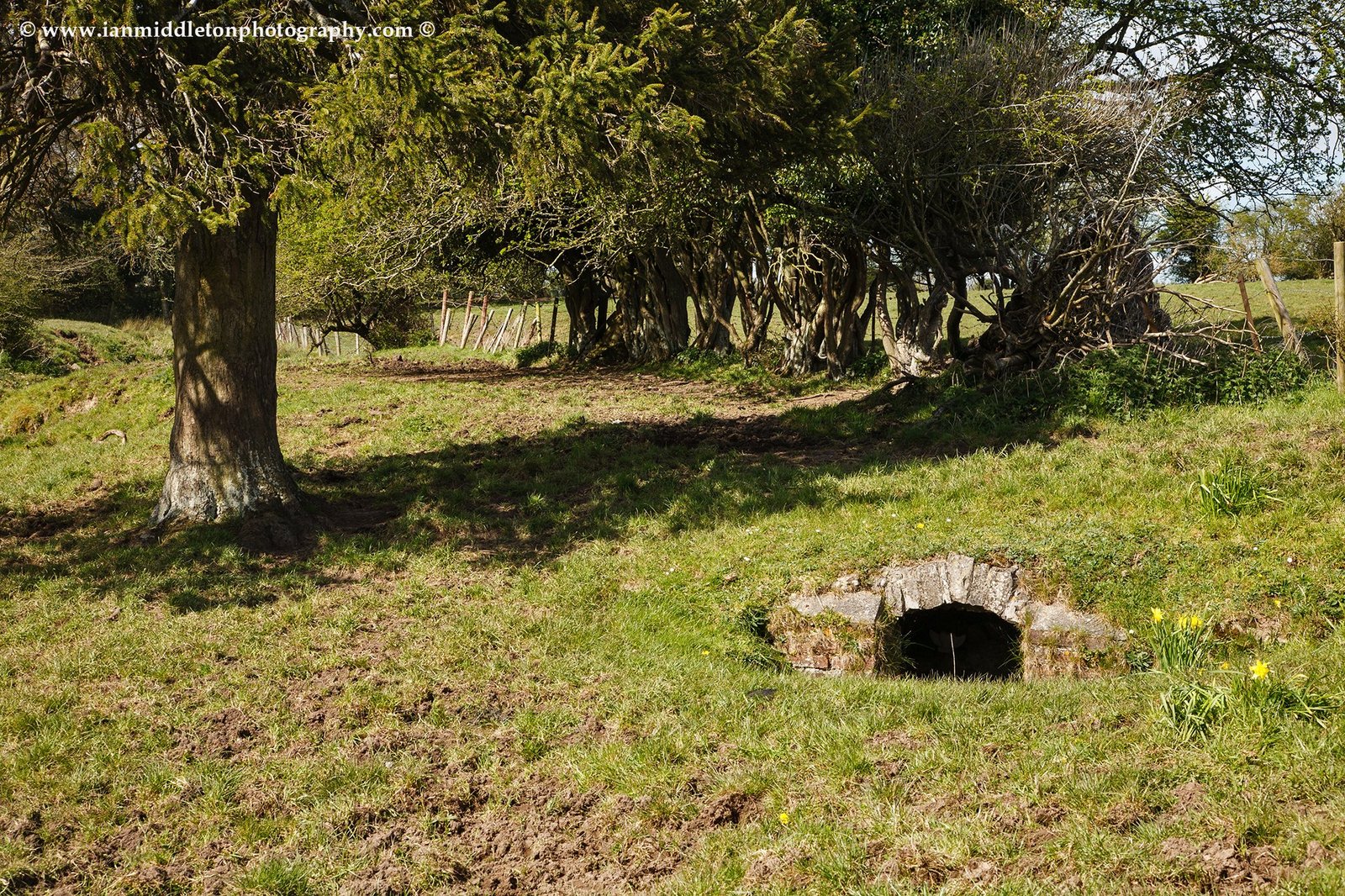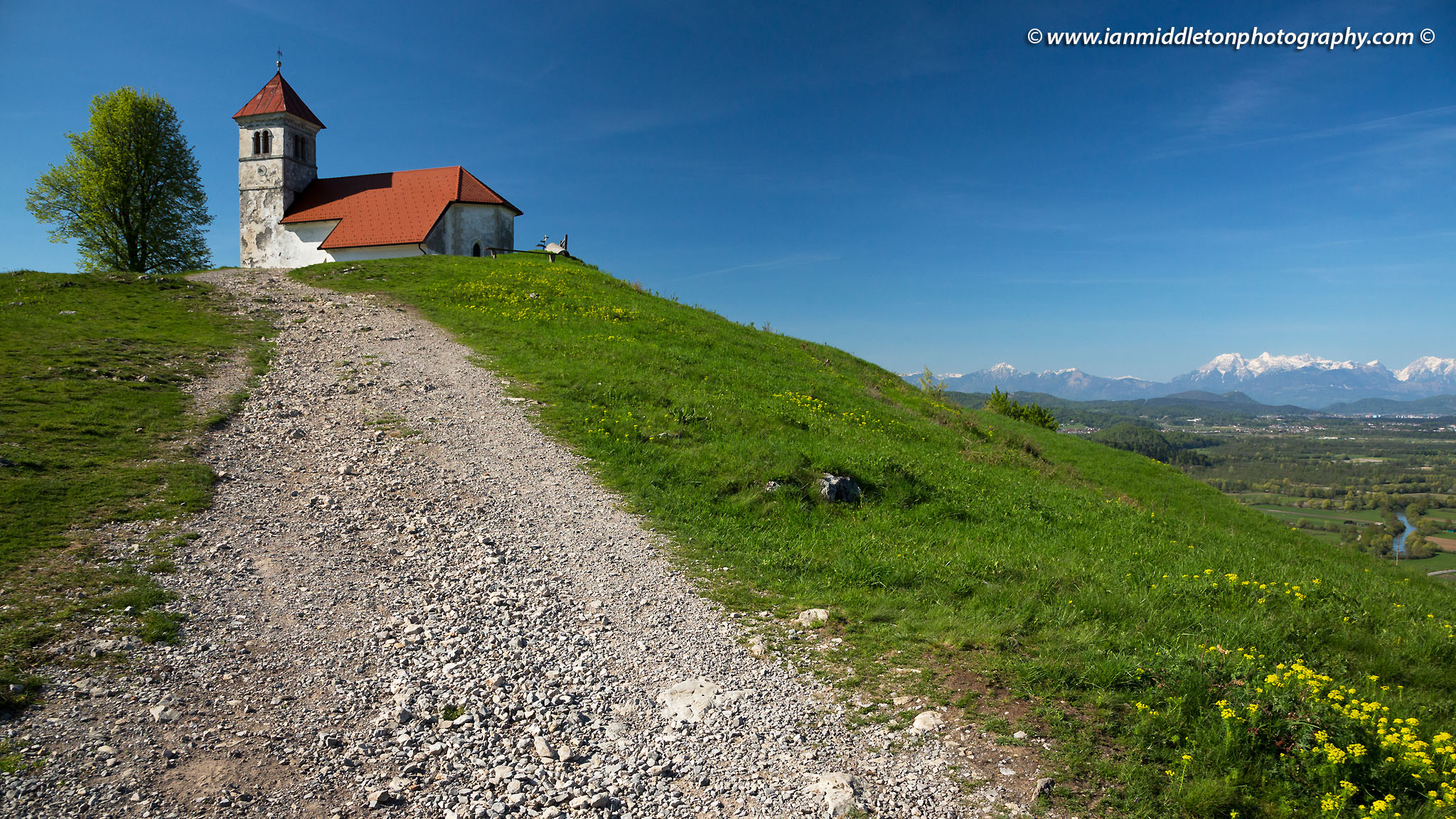In a country well-known for being heavily forested, Kočevje takes this to the extreme. With over 90% of its hilly terrain being covered in thick woodland, a day wandering, driving or cycling through this perfectly preserved natural world will bring delight in many forms.
The exit for Kočevje is signed off the south side of the Ljubljana ring road. From here the road twists through rolling green fields framed on either side by densely forested hills. You will pass through the village of Nemška Vas, a reminder of the region’s Germanic past, before finally arriving in the heart of town one hour later.
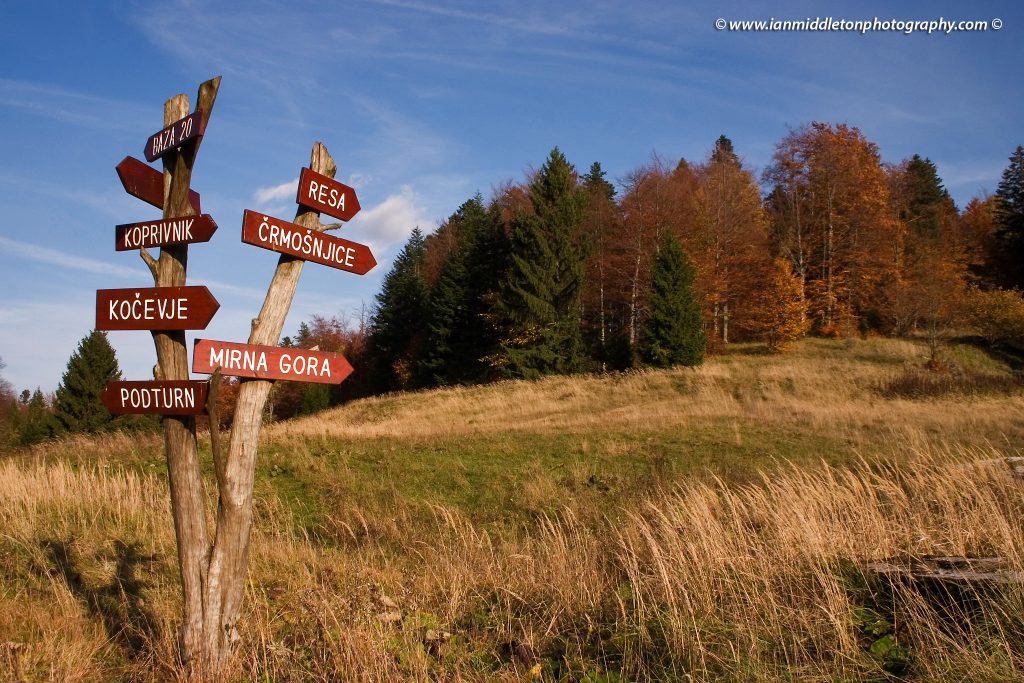
The Izletniška Karta is an excellent map which pinpoints the areas of interest to the tourist, as well as mapping the region’s huge number of walking trails and forest roads. Without this you will be lost. Whilst in town take a wander over and visit the lovely church and marvel at the beautiful paintings on the ceiling of the holy trinity. The town centre also has a number of excellent restaurants, cafes and a very popular slašcicarna (confectionery) where you can taste the best lemonade ever. Once refreshed after the long drive, head back out of town following signs for Jezero and visit this tranquil lake. In the summer you can swim, or ice skate in winter.
There is an interesting regional museum just outside town; open mornings only. The museum is itself a relic and dates right back to 1952. Here you will be taken through the entire history of the Kočevje region and several permanent exhibitions show the history of the former mine and the lost heritage of the Kočevje Germans.
Ancient castles and ice caves
To the west of town lies a network of hiking trails that will take you into the hills separating Kočevje from the Goteniška Dolina. From opposite the bus station, follow Podgorska Ulica out of town where signposts mark the start of several hiking trails through this dense and varied wonderland.
There are many types of trees: alder, willow, cedar, oak, beech, pine, birch and elder. Grajska Pot will take you 978 metres up to Friedrichstein Castle, built as a love-nest by the Counts of Celje in 1422. Not much remains now, but it does provide an outstanding view of Kočevje from on top of its crumbling walls.
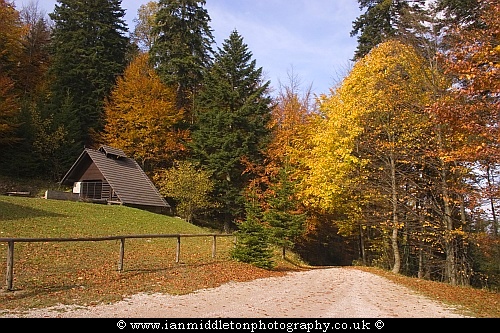
If you follow the walking trail towards Mestni Vrh you should pick up signs for Ledena Jama, one of many stunning ice caves. These caves are very dangerous and extreme care should be taken if you enter. At the entrance there is 20,000 cubic metres of ice and spectacular ice waterfalls through most of the year.
It’s possible to drive or cycle up to the castle or the caves, but the roads are unsealed and can be quite treacherous after the rains.
Exploring untouched forests
To the east of town is Kočevski Rog, where you will find Kraljica Roga (Queen of the Rog), and one of the six primeval forests. The easiest way to find it is to take the road to Koprivnik, but turn off right just before you get there at the sign for Rog Baza, and Podstene. Along the roadside you will spot several hunters’ lookouts in the trees, which are good places to keep watch for bears. But if possible get permission first, and take care as some are not very safe. Follow signs for either Žaga Roga or Rajhenav, and when you spot a sign on the right that reads, Debela Jelka 150m, this is where you will find this majestic fir tree, the tallest in the forest.

The Partisan Road
From Kočevje take the road out towards the lake and continue on to Željne, where you will also find some interesting caves. From here the forest road starts. Follow the signs for Žaga Roga. Along the way you won’t fail to notice a row of carved wooden poles that mark the Križev Pot, a pilgrimage set up in memory of the mass killings after WW2.
Slovenia's Darkest Days
After the collapse of the Austro-Hungarian Empire at the end of WW1, Slovenes joined the Serbs and Croats to form the Kingdom of Yugoslavia. However during WW2 Slovenia was once again carved up after the Germans bombed Belgrade and took control of Yugoslavia. The Germans ruled the north, Hungarians took the east and Italians took the west.
It was during this tumultuous era that Slovenes became divided. Spurred on by the Communist movement in Yugoslavia and Partisan movement to the south, the Slovenian Partisan resistance movement emerged and began fighting the German oppressors. However, not everyone was in favour of Communism and many from the right wing anti-communist parties broke away to form the Slovenian Domobranci (Home Guard) who, not having enough resources themselves, were forced to fight aside the Germans in order to fend off the spread of Communism.
In May 1945 Slovenia was liberated from German occupation. This was the beginning of possibly one of Slovenia’s darkest chapters in history. The Domobranci fled to Austria and were captured and disarmed by the British army. But they were repatriated to Slovenia. Upon their return they were executed by the Partisans. An estimated 15,000 Domobranci were killed during this time. The biggest mass killing took place near the Partisan headquarters in the forest of Kočevje, where they were thrown into pits.
The highest point here is Veliki Rog (1099m). If you continue up over the mountain to the other side you will find Rog Baza, the location for the hidden partisan base.
Heading south
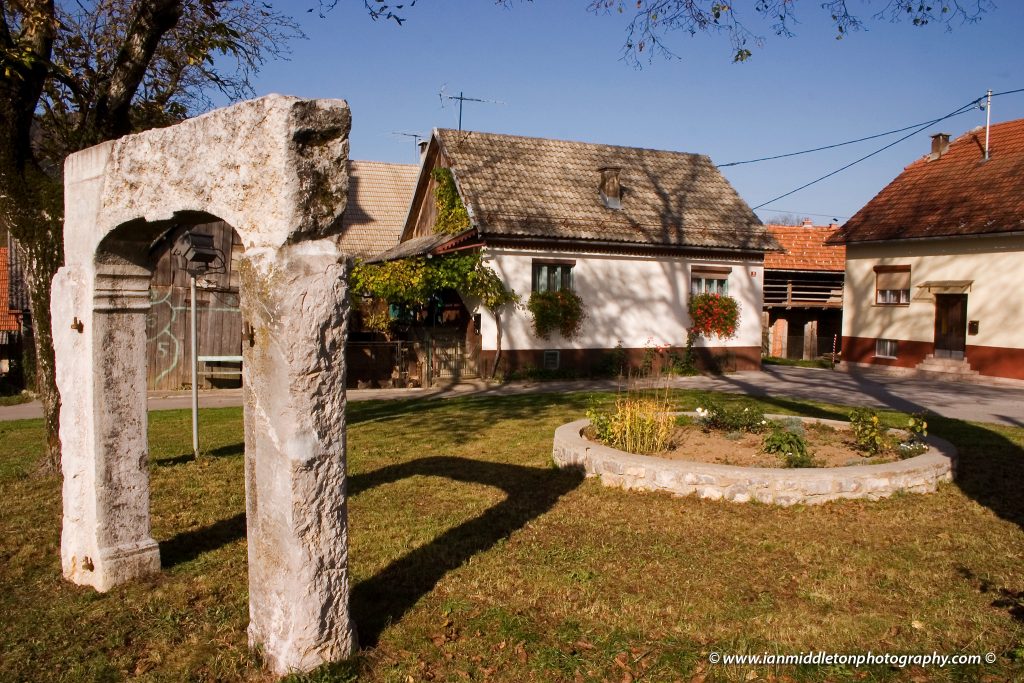
If you head on through Kočevje to Livold, turn left at the sign for Crnomelj and follow this road towards Predgrad. In this small village you will spot the pillar of shame (Prangar) used in the old days for punishing minor offences. It stands next to the new castle, where inside you will also find a painting of the old castle that once sat on the hill.
Kolpa River
Continue on from here and you will soon reach the Kolpa River and the village of Dol, the lowest point in the municipality. You can drive, cycle or canoe this beautiful valley where small villages offer local produce, great river trout and marvellous views.
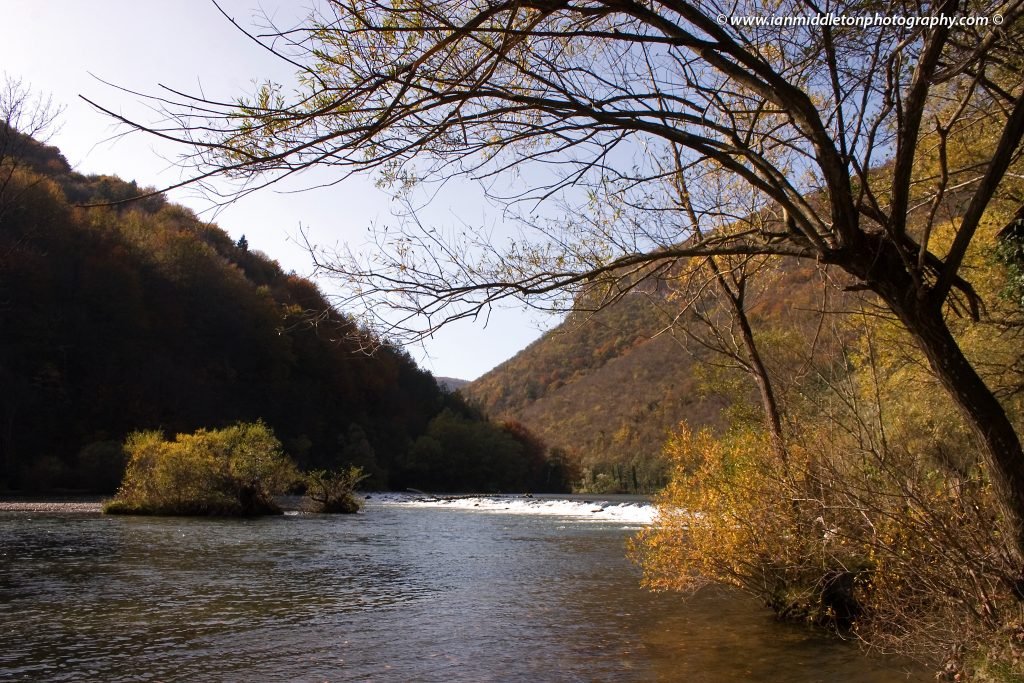
Kostel Castle

Stop in Bilpa and visit the caves. Here you will enter the municipality of Kostel, which was once part of Kočevje. At Fara you will rejoin the main road that leads north back to Ljubljana. But along the way, turn right and visit the lovely hilltop castle of Kostel.












